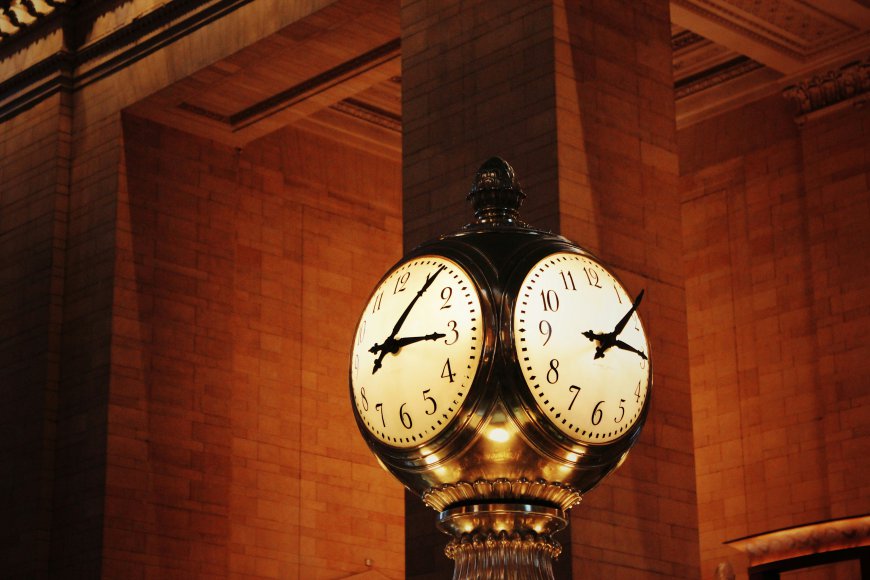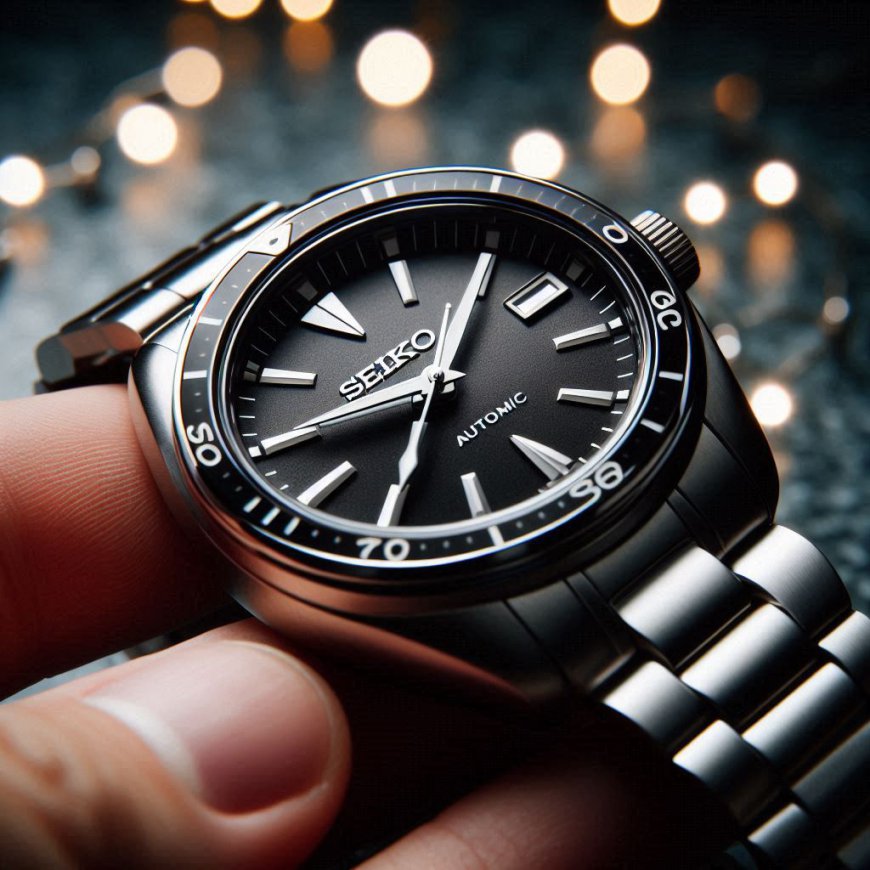Counting the Numbers on a Clock: Unlocking Time’s Hidden Details
Discover the secrets of time with our guide on counting the numbers on a clock. Unlock the hidden details of how we perceive time.

Have you ever thought about how many numbers on a clock and precisely what they mean? Well, clocks are not only appliances to tell time, but actually, they have such a construction that it's even easy for us to understand how to make sense of time. Let's learn about what is hidden behind the numbers and get some nice facts about clocks.
Why Are There 12 Numbers on a Clock?
Most clocks have 12 numbers from 1 to 12. This tradition dates back thousands of years, and people found 12 useful for their daily division. Divided into halves, thirds, and quarters, it makes them divide the day into segments. For example, each 12 hours would be half of a day either morning or night, thus making the clock circle very easy to track daylight and darkness.
The Hands of the Clock: Telling Time
All clocks have at least two hands, sometimes three; all will point in different directions to show the time.
-
Hour Hand: The hour hand is the short hand and moves slowly, indicating the hour.
-
Minute Hand: This is the long hand that is a little faster and will point to the minutes.
-
Second Hand: If this is present on a clock, it is the thinnest hand and also the fastest, marking every second.
Each hand moves around the clock in a different manner to help us track hours, minutes, and seconds.
Hours and Minutes: How They Work Together
If it makes a complete circle around the clock, that is to say, the minute hand completes 60 minutes, which is equal to one hour. The hour hand will advance to the next number to represent a new hour. Thus, it could be at 2:00, and when the minute hand goes round completely to the top, then it is 3:00.
This very simple pattern of hours and minutes moving around the circle helps us keep track of time day and night.
What Do A.M. and P.M. Mean?
We use A.M. and P.M. to make it easy to know whether it's morning or night.
-
A.M. is short for "Ante Meridiem." This is Latin for "before midday." That means it is from midnight (12:00 A.M.) until noon at 11:59 A.M.
-
P.M. is short for "Post Meridiem," which in Latin means "after midday." This is noon at 12:00 P.M. until just before midnight at 11:59 P.M.
So, if the hands of the clock are in the morning at 8 o'clock, then we consider it 8:00 a.m. However, at evening time we call that 8:00 p.m. And hence, here we will understand whether this time is daytime or nighttime.

Fun Facts About the Number 12
The number 12 is unique in terms of time. However, the number also finds its face in other domains of human life.
-
12 Months in a Year: We have 12 months in one year.
-
12 Signs in the Zodiac: There are 12 signs of the zodiac.
-
12 Inches in a Foot: There are 12 inches in a foot.
Maybe it is because 12 can be divided so neatly and seen as a group that it was adopted as the standard for so many systems, including time!
Types of Clocks: Analog and Digital
There are two types of clocks: analog and digital.
-
Analog Clocks: These traditional clocks, having hands going round the numbers in a circle, are part of an analog clock. It shows time as a cycle since we have hours and sometimes even minutes and seconds indicated on the clock face.
-
Digital Clocks: A digit is utilized on such digital clocks as well as it puts numbers to the use. An ":" is utilized while denoting numbers such as hours and minutes, so in that manner, "6:15." This particular style of clock is very legible, but hours on them aren't circular, and that expresses hours in their analog form in a circular shape.
Counting Minutes on the Clock
Numbers on an analog clock will be assigned five minutes to it. Let's use counting as exercise also.
-
12-1 5 minutes
-
1 to 2=another 5 minutes. This makes it 10 minutes.
-
2 to 3 = another 5 minutes. This makes it 15 and so on.
When you finally reach the top at 12, it is an hour or 60 minutes. This makes it easier for us to read the clock because we can count in intervals of 5 instead of every minute.
Practice Reading the Clock
Now that you know how to tell time with clocks, let's do a problem. If it is such a time that the big hand is showing 4 and the thin hand points to 7, how many minutes from the start of the hours? A: The number that this thin hand, which points at 7, shows is 35 minutes. What time now? 4: 35! The more you practice reading of both these clocks, i.e., analog and digital, you'll know the betterment in getting at the analog clock first.
Time Keeps Moving!
Time continues moving through our lives just because our attention is on other work. Clocks help us manage every hour, plan for our days, and follow schedules. Whether analog or digital, it always helps to know how to read the numbers and hands of a clock to know how time is flowing. So next time you glance at the clock, remember you're looking at something that's been used for thousands of years to help people measure the value of their time!
